Any of us who've owned gas powered vehicles over the years know how convenient it is to be able to jump in, turn it on, make a quick assessment of the gas level and how far we're going and get on the road knowing that we have enough fuel for the journey, or that we can get what we need with a quick stop en-route.
The traditional gas station visit 'back in the day' also allowed us to stock up on gum, twinkies, donuts and a coffee in a styrofoam cup with a plastic cap! Well, times are changing, and so the gas station trip may also soon be consigned to the history books as we are encouraged to transition to one of the many new EVs appearing in showrooms in 2023...
And to be clear, before the comments section fills with all the usual content about battery pollution etc - I am not suggesting that EVs are the perfect solution for personal transportation, because the real problem is that the culture and foundation of urban design in North America is fixated around having our own 2 ton steel ride sat on the driveway.
So EVs are a stepping stone to living in sustainable communities based around electrification, walkability and mass transit. But first we must be able to generate sufficient clean energy to support this new and green lifestyle - and we can all get along on the subject of EVs or Zero-Emission Vehicles (ZEVs).
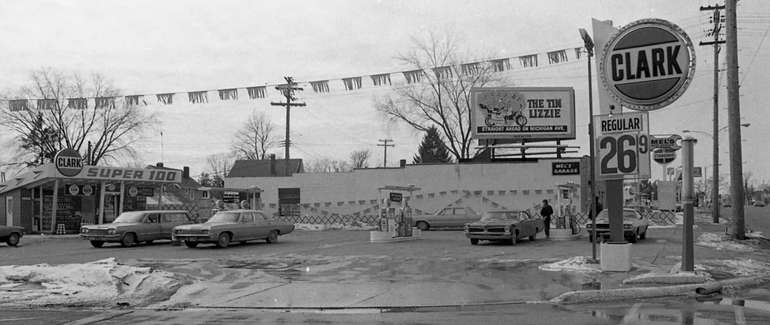
Making the transition to an EV
The two major motivators behind making the leap to an EV are sustainability and decarbonization, which are being pushed by our governments in varying forms. Who wouldn't want to 'fill up' at under $10 for a range of 300-400 miles? While cleaning up transportation on a global level is challenging - especially since EVs cost more than their gas counterparts to buy outright - once the overall cost of ownership is calculated they do make excellent financial sense for those who commute regularly.
With better battery performance, expanding zero-emission vehicle availability and with practically every vehicle manufacturer adding EV's to their showrooms, the recent volatile fuel costs are driving more and more individuals to make the swap to EV vehicles.
"2022 has been the biggest year for electric vehicles in the United States on record"
Here's what this looks like across the board:
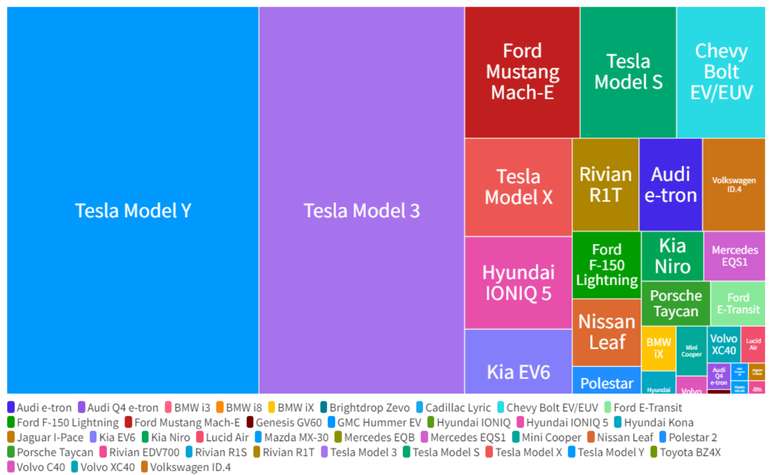
Canada’s zero-emission vehicle registrations hit an all-time high of 9.4 percent in Q3 of 2022, and this has also been a record-breaking year for electric vehicles in the United States as automakers go head to head to claim their position in the auto industry’s future.
EV pioneer Tesla remains the clear leader with 64% market share, down from 66% in Q2 and 75% in Q1. The declining share was inevitable as legacy automakers look to catch Tesla’s success, racing to fill the growing demand for electric vehicles.
Ford, GM, and Hyundai / Kia brands are leading the 'rest-of' the market as they scale production of popular EV models such as the Mustang Mach-E, Chevy Bolt EV, and Hyundai IONIQ 5 / Kia EV6. US consumers are buying electric vehicles at a record pace, this is partly due to new government incentives, such as the EV tax credit provided in the Inflation Reduction Act, which are expected to drive demand even higher in the next few years.
All this said, successfully transitioning to electric vehicles rests on a few elements that might not pop onto the radar instantly. Attention to these crucial elements will help make for a smooth transition away from gas vehicles, and should ensure that the additional investment turns out to be stress-free and worthwhile - apart from the obvious kudos of adopting Zero-Emission Vehicles (ZEVs) or carbon-free transport of course!

Charging EV's - the three main options
For those of us new to EV's, on the surface it all looks pretty simple. I mean, gas-powered vehicles need regular trips to a gas station, in goes the nozzle then the gas, and out comes the credit card to pay for the damage. An EV plugs in for it to have a full battery, just like our smartphones, so how hard can it be?
Well, it all depends how much time is available for that to happen and how efficient we want to be as there are three main charging levels, or speeds, for EV chargers:
Level 1 charging:
- Up to 5 miles of range per hour of charging
- Standard household outlet, Low voltage (120v)
Level one charging is quite sufficient for most vehicle users who transition to an EV - and charging this way when done intelligently also ensures the longest battery life and charge retention. Just like trickle charging a gas vehicle battery.
Level 2 charging:
- Up to 20 miles of range per hour of charging
- Mid-level voltage (240v), commonly used in large appliances like dryers
Level two EV charging is the most used for charging while an EV is parked up while out and about for the day. Hooking it up straight on arrival means zero range anxiety for the trip home, and takes advantage of the battery being warm.
Level 3 charging:
- Over 30 miles of range per 10 minutes of charging
- DC Fast Charging, the fastest charging option (over 480v)
Level three charging is for those constantly on the move. Driving across the country long distance in an EV is actually possible, but best done in one of the more technologically advanced EVs on the market. It's a kind of 'grab and go' charging experience for busy executives who never stay in one place for long.
Many EV early adopters have private parking, so the first two of the above options are something that can be installed or accomodated at home, allowing adequate charging for most regular commuting and low to medium-intensive use.
Level 3 charging is generally reserved for the latest generation vehicles and the higher performance versions, as they need to be able to cope with forcing that level of energy transfer into the battery cells without them deforming, overheating, or in worse-case scenarios, exploding or catching fire. In general, trickle or slow-charging a battery causes the least colateral damage and ensures that the battery lasts a long time while retaining a good and usable level of charge.
All that said, there are some good tricks to learn for charging EVs succesfully and avoiding the dreaded flat battery.
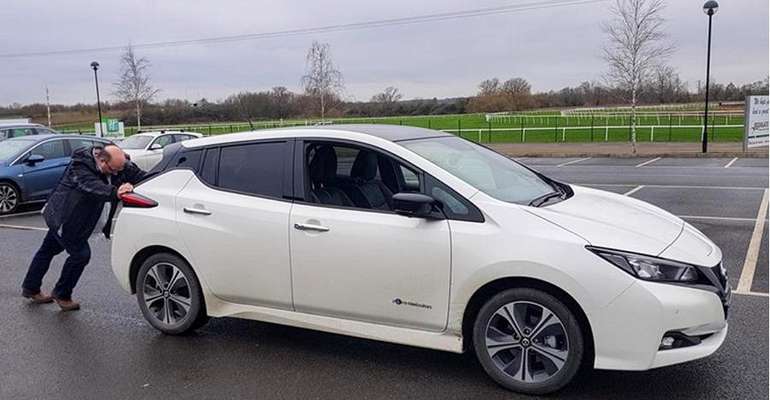
What is the solution for charging an EV if you park on the street, or need to charge on the move?
Most people who transition to an electric car will experience something new called:
EV range anxiety - what exactly is that?
Range anxiety is the fear that your EV won’t have sufficient charge to complete its journey. And this is still perceived to be one of the greatest barriers preventing the average consumer from going electric after the sticker-shock of the cost of a new EV. But should a lack of battery range be a genuine worry if you’re considering the transition to electric vehicles? And what can you do to prevent it from being one? How can electric vehicles be charged if the parking space isn't a regular one, like when parking somewhere along a residential street downtown for example?
Early models of electric vehicles had a poor reputation for their real-world mileage range between charges, especially in colder weather like that experienced in Canada and eastern/ central US. Drivers were often finding that they couldn’t go much more than 70 miles on a fully-charged battery, despite the manufacturers’ claim that a far greater mileage was possible. This tainted the image of the electric vehicle market, and to some extent it’s still shaking it now, because who wants to get stuck on the side of the road in a few tons of dead metal without any access to power?
Naturally, no personal vehicle owner wants to have to worry about rescuing stranded family members and their vehicles, with the associated loss of time and the recovery costs. You also don’t want to be dealing with your loved one's fears that the vehicle they're using will be unreliable and inconsistent. Managing the level of charge in vehicles that are used multiple times throughout the day or on longer drives can present further concerns. And there is the reason for the advent of the term EV range anxiety!
Top tips and solutions for charging EVs
- Charging at a fast-charging station (50 kW or more) takes longer in winter than summer. The time it takes to charge an electric vehicle's battery at a fast-charging station depends on several factors, including the temperature of the battery. For example, it may take longer to charge a vehicle at a fast-charging station if it has been parked in the cold for a long period of time and hasn't been warmed by a drive before charging begins. Some vehicles have a battery temperature gauge that can be used to estimate the charging speed (see the electric vehicle owner's manual and specification).
- When the battery's charge level reaches a certain level, charging may begin to slow more with a 50 kW fast charging station than with a standard 7.2 kW station. This also depends on battery temperature. If it's absolutely necessary to continue charging beyond this initial limit, and there's no limit on time, you can save money by disconnecting the electric vehicle from the fast charging station and plugging it into a standard charging station instead.
- In North America, and especially Canada with it's higher level of sustainable electric production, in the vast majority of cases using an electric vehicle instead of a gas engine vehicle reduces the carbon footprint as well as the total cost of ownership of the vehicle (i.e. the combined purchase and operating costs).
- Switching to an electric vehicle may require a change of garage. Various associations and garage groups have started to compile lists of specialist garages whose staff have specifically been trained in the maintenance and repair of electric vehicles. Most manufacturer's franchised-dealers will have trained staff.
- There are two standard types of connectors for fast charging vehicles: CHAdeMO and CCS Combo. Only vehicles with a CHAdeMO or CCS Combo socket are compatible with fast-charging stations of 50 kW or more, unless they have an adapter such as Tesla and BYD vehicles. In addition, all plug-in vehicles are equipped with a plug or adapter that is compatible with standard 240-volt (7.2 kW) charging stations.
- If the charging station nozzle gets stuck in the vehicle's charging socket after charging, don't worry! It's probably just a communication problem with the vehicle, and this is to prevent just anyone unplugging the vehicle while nobody is keeping an eye on it. This ads security if charging an EV overnight or while parked on the street. Check the vehicle owner's manual for instructions on how to manually release the charging socket (such as pushing a button or pulling a handle).
- At work and at public charging stations it is strongly suggested to unplug the electric vehicle and move it as soon as the charge is complete to make room for other electric vehicle motorists. Many models have an App that communicates the state of charge via telemetrics, so make sure to use it as it makes charging an interactive and optimized charging experience.
- While it seems counter-intuitive, charge electric vehicles at a fast charging station during or after a long trip, not before leaving. The reason being, the battery will warm from the long trip and closer to its ideal temperature for charging, which in turn makes charging an EV more efficient. This is a very important tip for winter EV charging.
- Ideally, wait to recharge the battery in an EV until its charge level is below 30% as charging will be faster and more efficient.
- Finally, get into the habit of charging EVs for less time, but more often, and in the optimal charging range. For example, two recharges from 20% to 50% (+60% total) are often faster than one recharge from 20% to 80% (+60%).
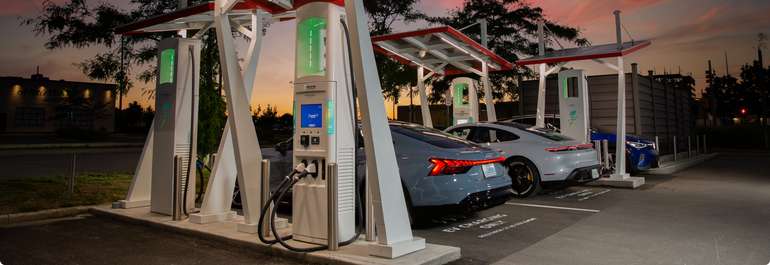
Choose and subscribe to a public EV charging network
Choosing a good public charging partner for a new EV is all part of the deal of making EV ownership a satisfying experience. As much as certain electric vehicle manufacturers have sought from the beginning to install their own branded fast chargers (a key part of Tesla's brand strategy), there are other complimentary options for EV charging stations.
EV Charging networks in Canada
Do your research - there are a number of options for charging EVs in Canada.
- Here in the north east of Canada, Electric Circuit (or Circuit Electrique in Quebec) has grown over the last ten years into one of the most extensive and most reliable public charging networks for electric vehicles in all of North America. With more than 3,400 charging stations, including 600 fast-charging stations, the network now serves all of Quebec and parts of eastern Ontario. The only network of its kind in Canada in terms of format and scope, the Electric Circuit caters to nearly half of all electric vehicles currently in Canada.
- FLO operate thousands of charging stations from coast to coast across Canada, with a high reputation for reliability. Relying exclusively on proven Canadian expertise for product development, manufacturing, network operation and technical support. FLO is a subsidiary company of AddEnergie, a North American provider of electric vehicle charging solutions.
- Petro-Canada offer Canada’s first coast-to-coast EV fast charge network. Canadian's fuelling needs are evolving, so Petro Canada set out to be the first EV charging network in Canada to offer a set of of EV car charging stations right across the country. They have an EV charger on or close to the highway every 250 km or less from Halifax, N.S. to Victoria, B.C.
- Electrify Canada Inc. was formed in July 2018, and is based in Ajax, Ontario. Their Direct Current EV charging network with (DC) chargers offer the fastest charging speeds (Ultra-Fast 150 kW and Hyper-Fast 350 kW) - allowing a capable vehicle charge in as little as 30 minutes. Arguably, Electrify Canada has the network with the fastest public chargers in Canada - but then if running a Tesla, which are among the most technologically advanced EV options, then they have their own high speed charging network anyway.
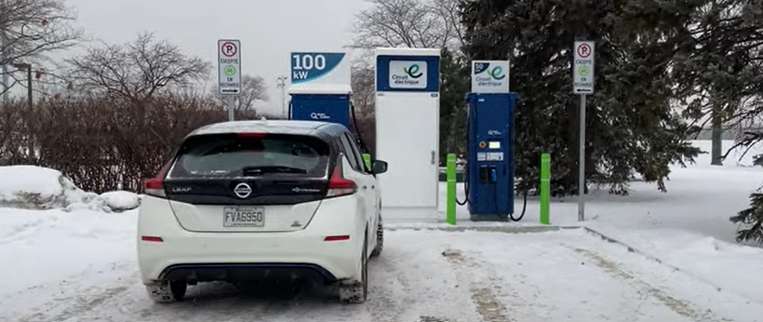
EV Charging networks in the US
In the US, apart from the aforementioned and ubiquitous Tesla (who have only just started to allow other EV manufacturers to use their superchargers) there are other public EV charging networks.
- Electrify America, is the largest DC fast charging network for the majority of EV models in the US. They're open to all EVs with a CCS charging connection (the industry standard) and, for the time being, the few vehicles that still use CHAdeMO like the Nissan Leaf. Tesla vehicles, which use their own proprietary connector in the US, can connect to Electrify America and other DC fast charging networks using a CCS adapter. Electrify America stations are some of the fastest available in the country, providing up to 350kW of electricity in an hour. This is faster than any current vehicle on the market can take in, though not by much, and Electrify America's EV charging stations tend to be located near interstate exits, often in the parking lot of a partnering store such as Walmart or Sheetz. There's an app to initiate and pay for charging, or there's the option to just swipe a credit card instead.
- EVgo. DC fast charging isn't only for road trips, many of us live where we can't charge at home. If that's the case, there's a need to have fast chargers located around town. EVgo is the largest DC fast charging network in America, catering to the demand in the urban areas where EV owners don't have the possibility of always parking in the same place. EVgo stations tend to charge at around 50kW, which means a charge time of around an hour to reach 80%. That's may be a bit long for making multiple stops on a road trip, but it's not bad when charging while shopping or dining out at a restaurant. For some vehicles, EVgo charges as fast as the vehicle can handle, as with the Chevy Bolt. For Bolt owners, it makes little difference whether they charge at Electrify America or EVgo.
- Chargepoint may claim to have the largest EV charging network in the US, yet relatively few of these are DC fast-charging stations. ChargePoint EV charging stations tend to provide around 6.6kW of electricity per hour, similar to the type of Level 2 charging achievable at home through a 240v outlet or home charging station. These chargers provide around 25 miles of range per hour, and so ChargePoint's business model is a bit different from the other examples here. Their stations appear in places like apartment complexes, hotels and malls. Chargepoint's EV charging stations can also be located at public libraries or parks as they've worked on promoting relationships with local authorities across the US. At these type of destinations, where EVs can stay parked for several hours, they have time to sit and recoup much of their charge into a warm battery during use and at a more relaxed and sustainable manner.
- The Blink EV charging network is currently smaller than ChargePoint, but Blink is another large EV charging network mostly supplying Level 2 chargers in the US. They're often located at hotels, businesses, and private locations around town. When Blink bought SemaConnect in June 2022, a comparably-sized charging network, this substantially increased their network availability for EV charging across the US. There are relatively few DC fast chargers available on the Blink EV charger network. Even those that are to be found are generally 50kW versions. Blink isn't yet the kind of electric vehicle charging network that is to be actively sought out - it's more likely to be the only charger available at odd locations, but Blink Charging have been introducing a new product allowing street lights or utility poles to become a charging destination, expanding the network of street EV charging possibilities without installing an entirely new electric charging infrastructure.
- Oil and gas companies are starting to get into the EV charging market. As with Petro-Canada north of the border, Shell Recharge is building a large network with plenty of fast-charging stations across the USA. And as the major gas companies are sat on prime road-based real estate, they're bound to get in on the act over time.
Conclusion - is only charging EVs in public places a good option?
I started this article wondering whether it was possible to own an EV without having a dedicated parking space and home charger. not that it's really a charger at home to be more accurate (it's an EVSE) - the charger is built into the electric vehicle itself, but especially as every EV manufacturer tries to sell an upgraded home charging option with the vehicle.
What I've concluded is that home charging of EVs is unnecessary for the majority of users of electric vehicles. I mean, none of us has a gas station at home, and while in uncertain times a full tank of gas gives a level of security, how many of us leave home every time with the gas topped up to the brim?
Range anxiety in new EV owners is the driving force behind the home EV charger market, and most new owners feel they have to have a dedicated charger at home. But charging this way can shorten EV battery life and is less efficient. Not to mention the significant cost and use of resources like metal for cables that installing home EV chargers involves, and the additional electrical load this puts on residential neighborhoods right during the evening peak load when we want it least.
Most of us are used to using a navigation App, when buying an EV we should get used to planning our vehicle use around top-up charging in public places during the day, and saving a chunk of money on downtown parking at the same time.
With a phase-out of electric vehicle rebates rumored for the near future, and with most manufacturers having wait lists for new EVs (and consequently used EVs costing close to new EV prices), I'm going to conclude that there's never been a better time to order a new EV, and there may never be a better time - as residual values will decline as sales increase. Alternative points of view are welcomed in the comments section below.
Now you know more about charging EVs at home and how to charge EVs in public places, learn more about EV's, E-Bikes, how to reduce the carbon footprint of transport choices on the following pages and in the EcoHome Green Building Guide.
Find more about green home construction and learn the benefits of a free Ecohome Network Membership here. |
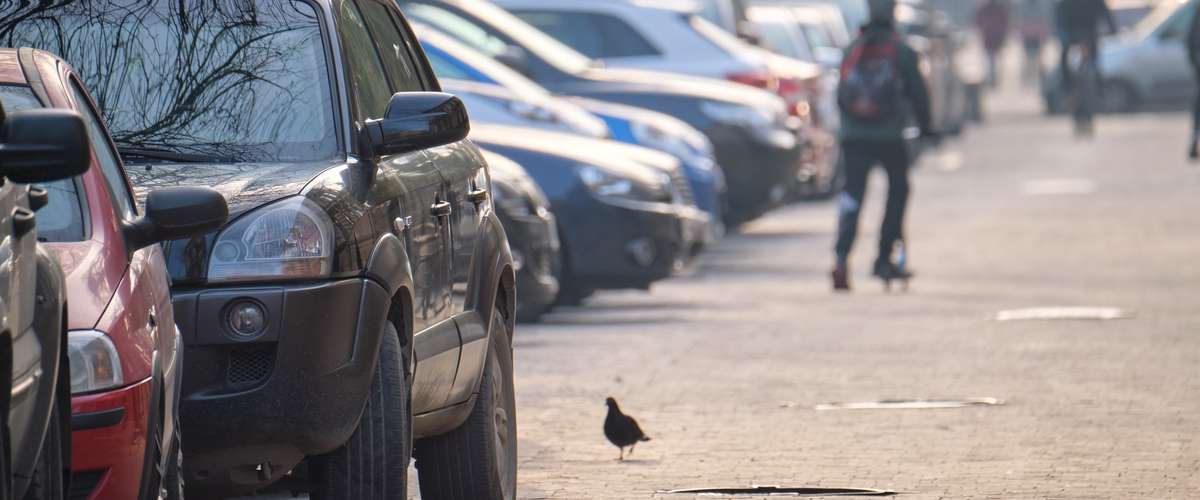

















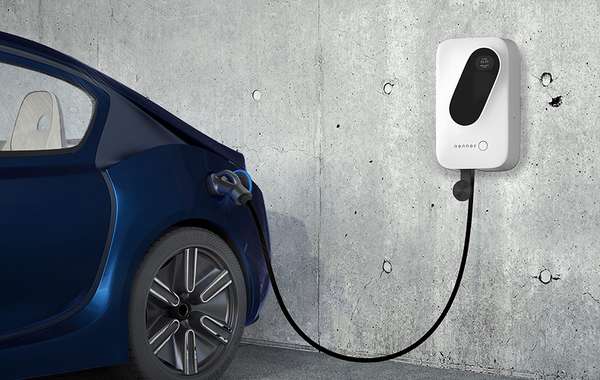
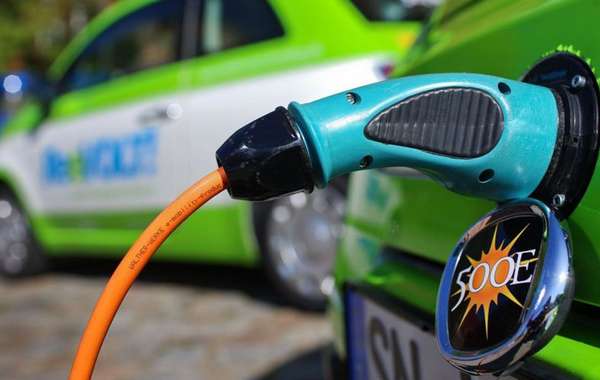
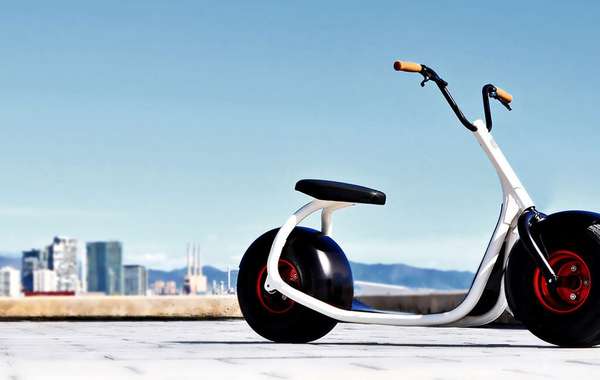
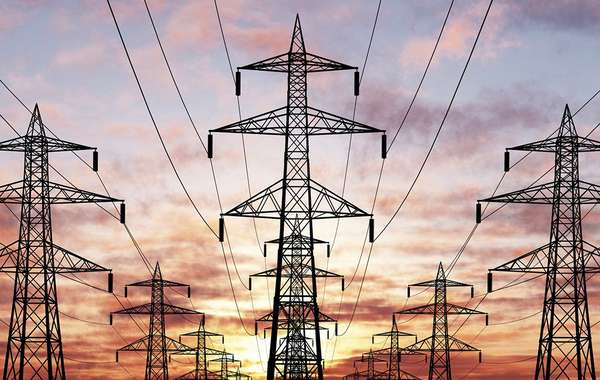
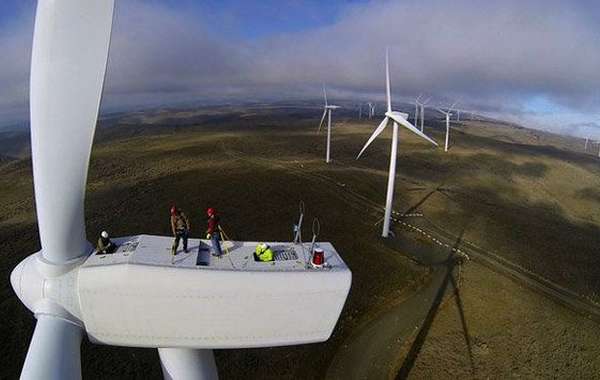
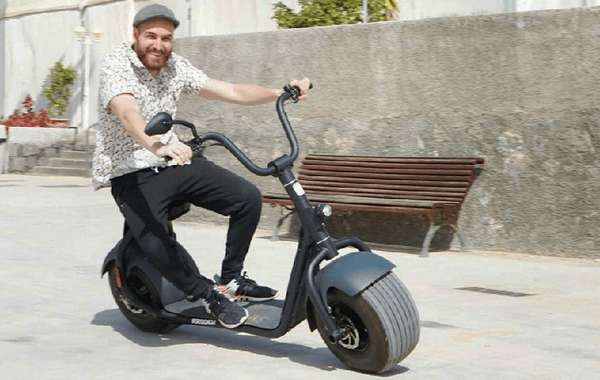
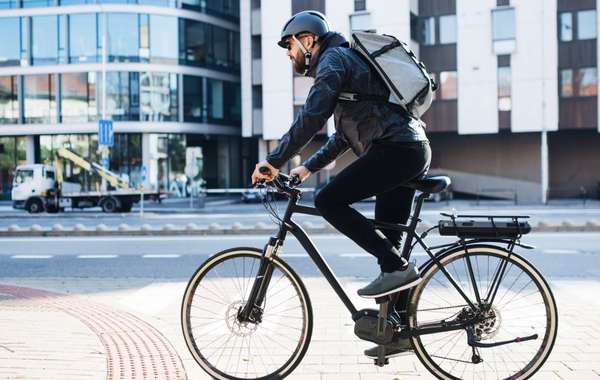

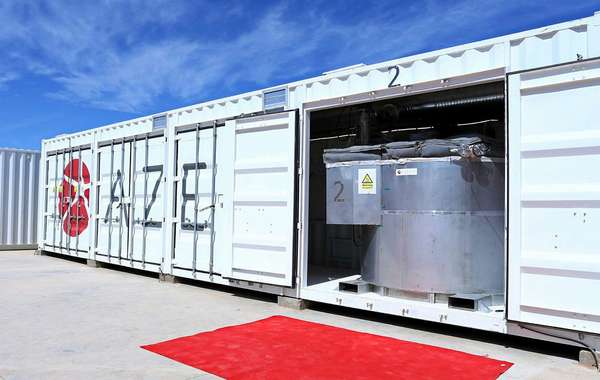
Comments (0)
Sign Up to Comment